GENERAL PRINCIPLES OF WORKING AT HEIGHT
REMINDER: Personal protection must only be used when collective protection cannot be set in the workplace or in the context of occasional, time-limited interventions.
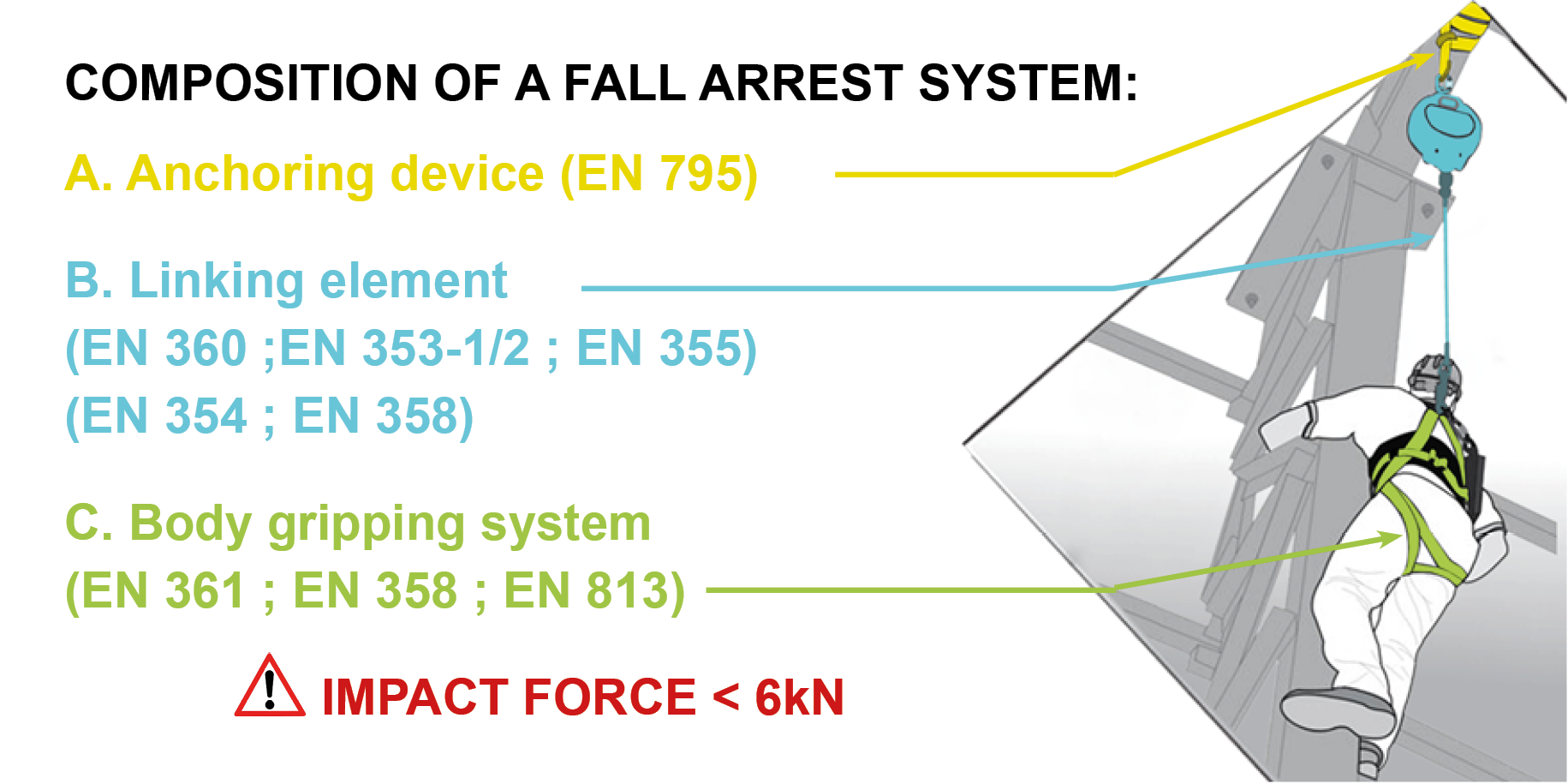
THE VARIOUS SITUATIONS OF WORK AT HEIGHT:
Even though choosing the right anchoring device and the right body gripping system is relatively simple, the linking element should be chosen according to each work situation.
OK
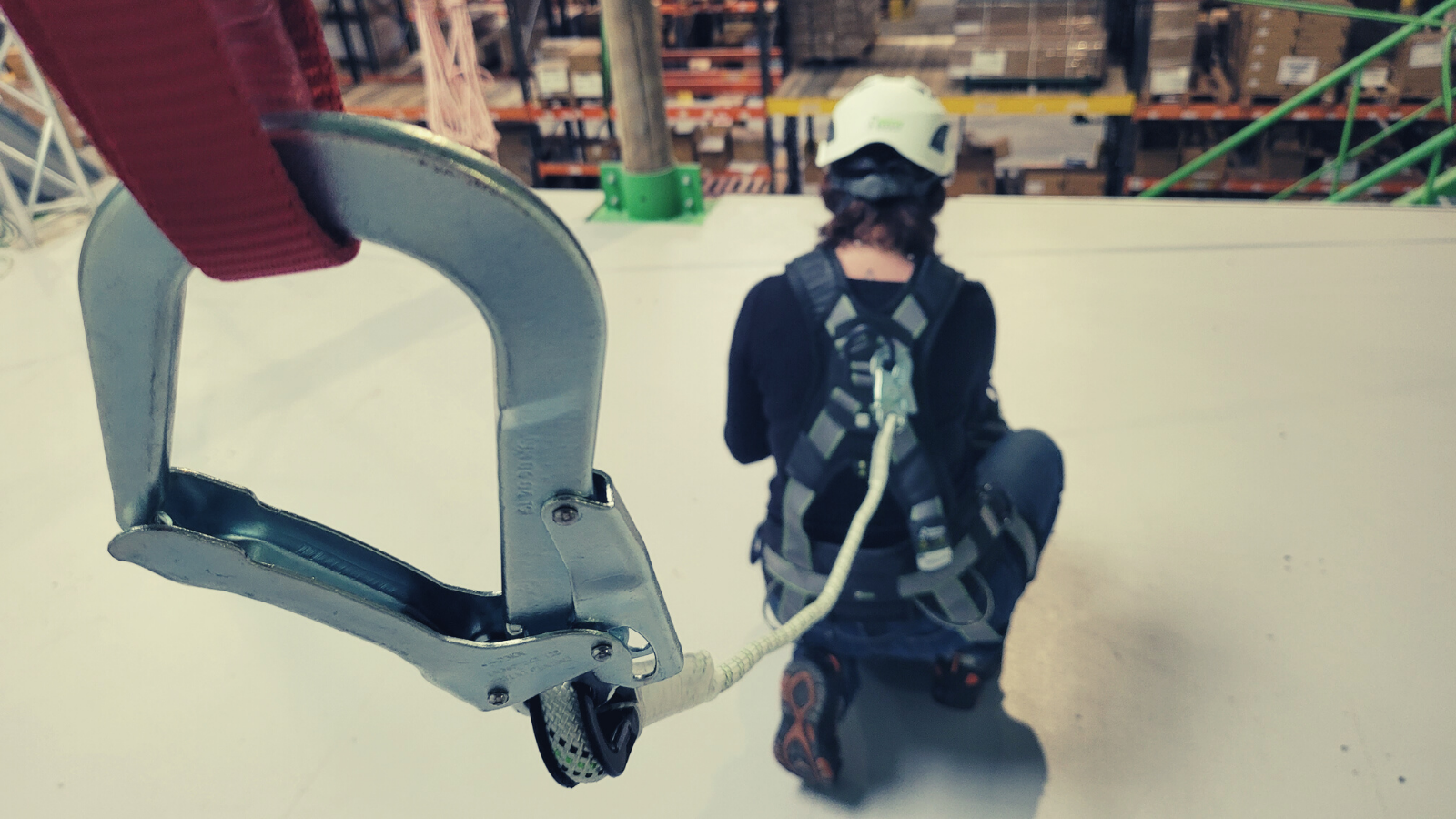 |
Work station prevention: intended to prevent a worker from reaching an area where there is a risk of falling from a height. è Is composed of a system which ensures work station prevention (EN 354 - EN 358). |
|
OK |
|
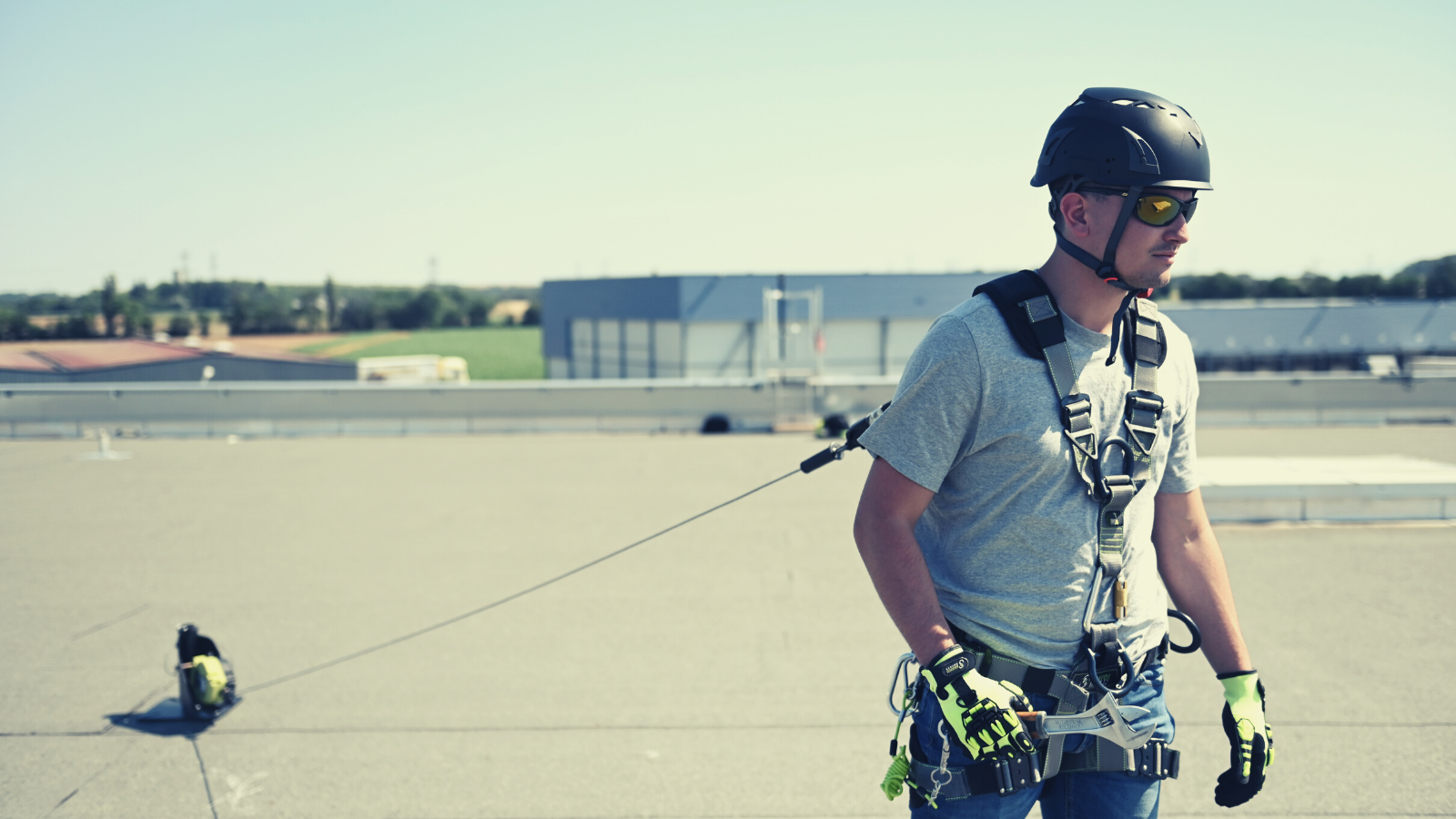 |
Fall arrest at ground level: intended to retain a worker in the event of a fall and keep them suspended in the air under the best possible conditions while waiting for help to arrive. è Is composed of a fall arrest linkage which is able to stop its user’s fall while preserving their physical integrity (EN 360 - EN 353-1/2 - EN 355). |
|
OK |
|
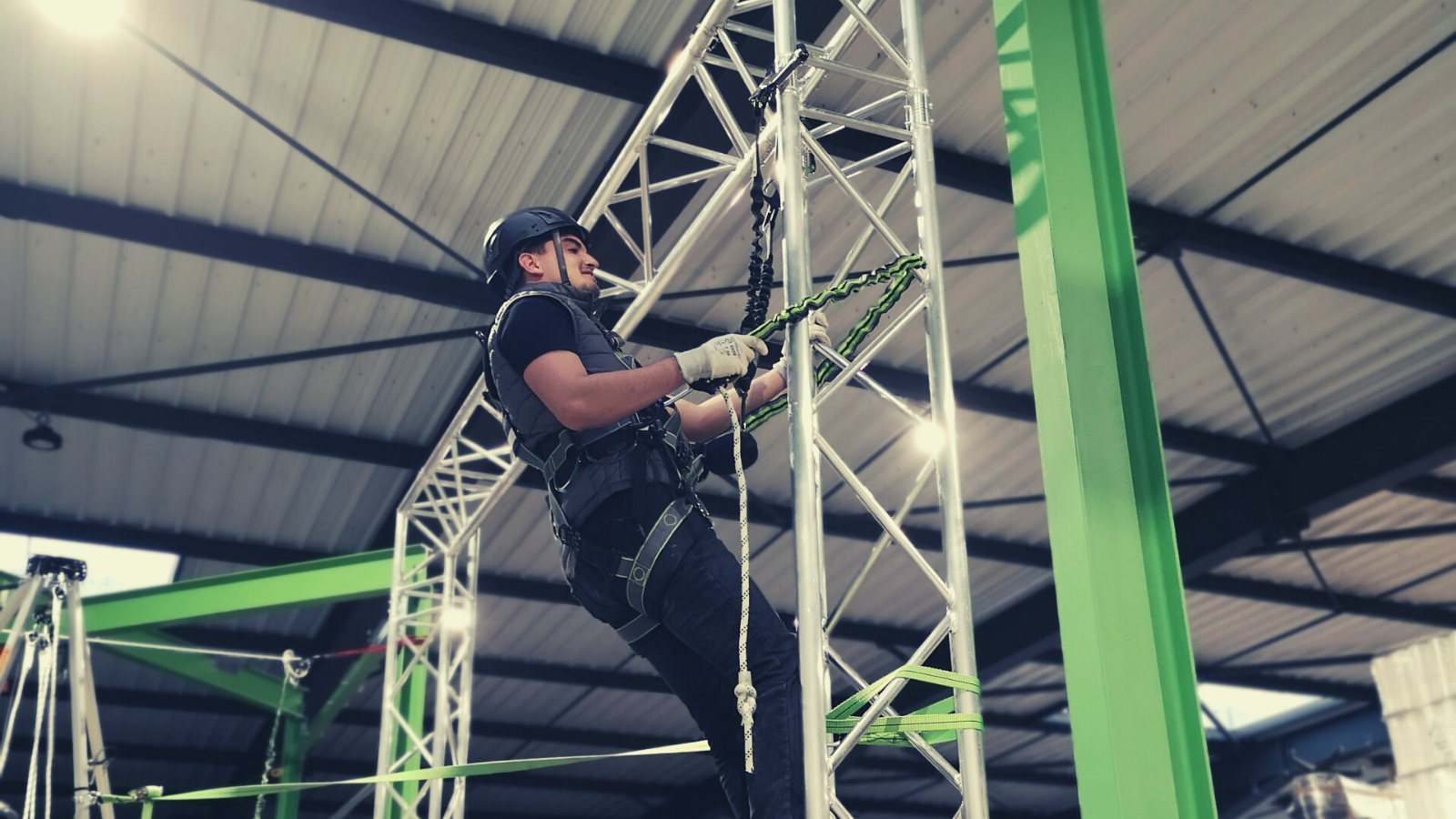 |
Fall arrest in semi-suspension: enables a worker to move freely in complete safety while holding them in position and leaving both their hands free so they can work. è Is composed of a fall prevention linking (EN 360 – EN353-1/2 – EN355) and of a work station holding system (EN 358 – EN 12841).
|
|
OK |
|
 |
Work in confined spaces: enables a worker to enter tanks, sewers, silos, etc, and to be lifted out of there from above at any time. è Is composed of a fall prevention linking (EN 360 – EN353-1/2 – EN355) and of an integrated or complementary evacuation system for emergency rescues (EN 1496).
|
|
OK |
|
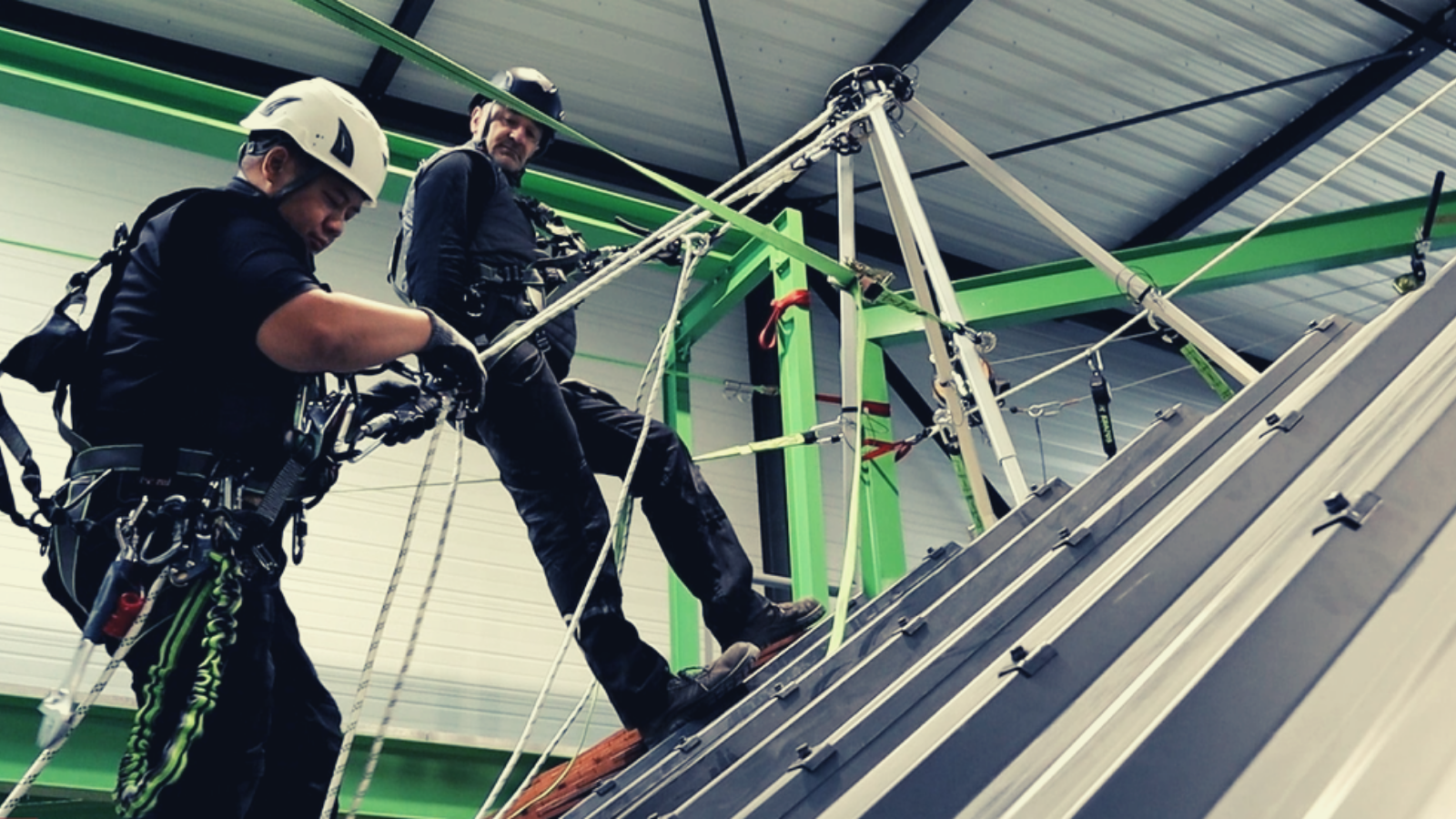 |
Rope access: must only be used when traditional access systems cannot be installed. è Is composed of a progression rope and of a 2nd rope for the fall prevention linking.
|
|
OK |
|
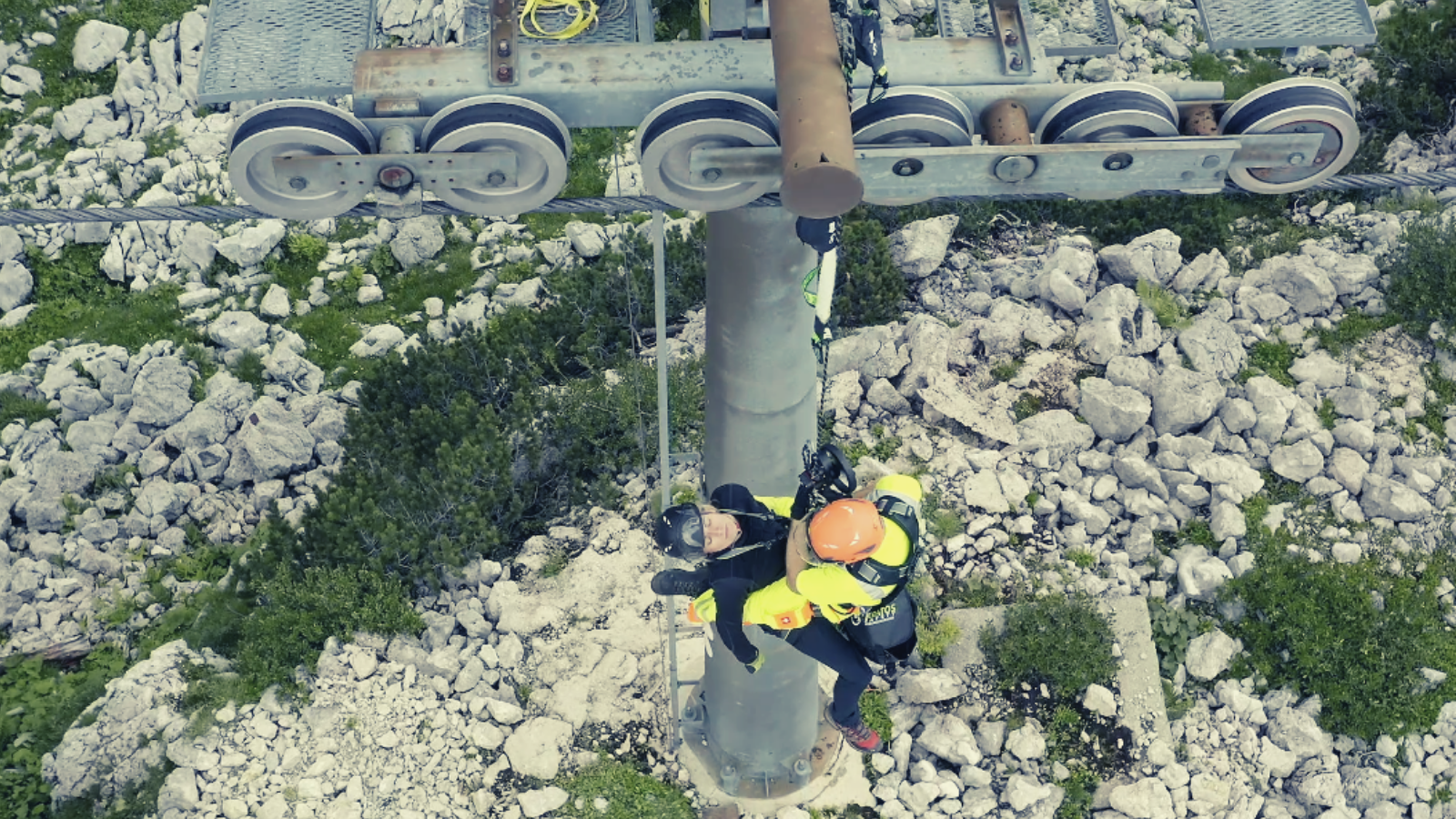 |
Rescue and evacuation: è In this situation, an operator must rescue a victim. The techniques which are to be displayed are sometimes complex and they require a formal training, regular practice, and an adapted equipment (which is sometimes not standardized). |
|
OK |
|
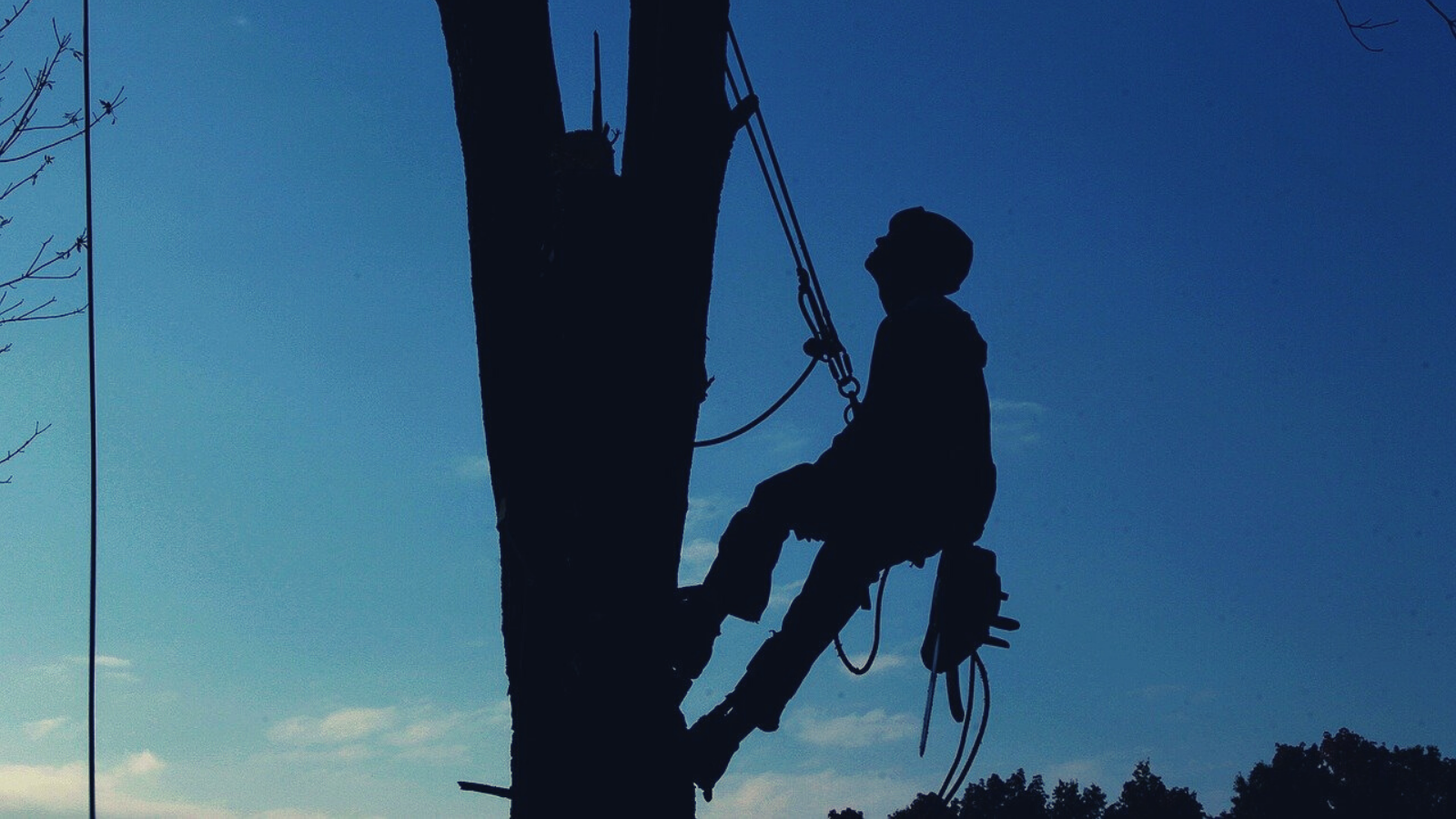 |
Pruning: è In this situation, an operator must perform various tasks while working at height and without having much (or even any) footing which would give them some balance. However, and contrarily to steeplejacks, tree trimmers work with only one rope and within the framework of a very specific regulation. |
